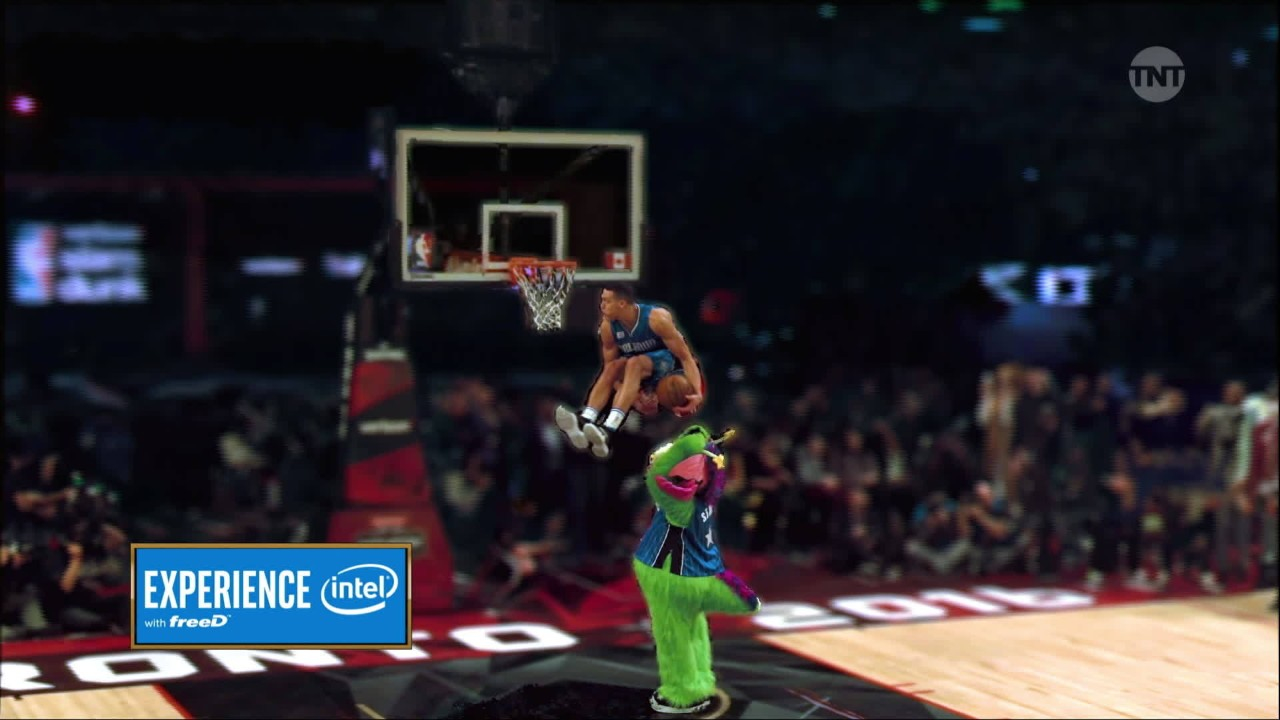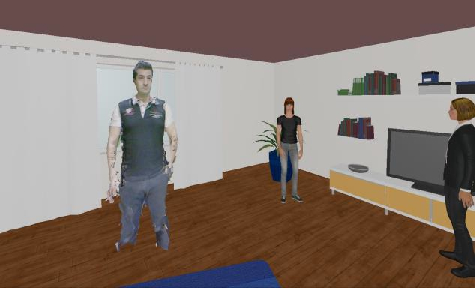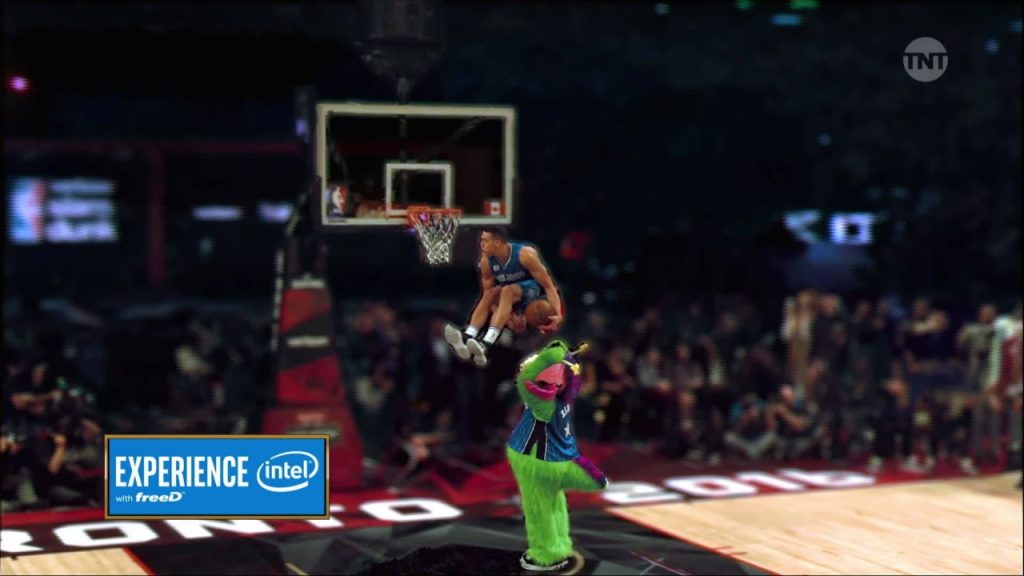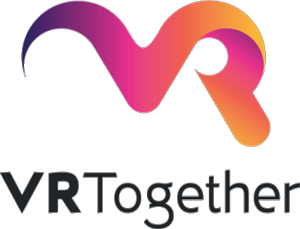
MPEG Activity on Point Cloud Compression
A point cloud is defined as a set of points in 3D space with specified geometry coordinates and associated attributes such as colour. Point clouds are an important emerging format for VR applications because of their simplicity and versatility. There are no restrictions on the attributes associated with every point in the cloud.
Point clouds are usually captured using multiple cameras or depth sensors and can contain millions of points in order to create a photorealistic reconstruction of an object. Compression of point cloud geometry and attributes is essential in order to efficiently store and transmit point cloud data for applications such as teleimmersive video (figure 1) and free viewpoint sports replays (figure 2).

For the compression of dynamic sequences it was found that compression performance can be significantly improved by leveraging existing video codecs after performing a 3D to 2D conversion using a suitable mapping scheme. This also allows the use of hardware acceleration for video codecs such as HEVC that is supported by many current generation GPUs. In this manner, synergies with existing hardware and software infrastructure can allow rapid deployment of new immersive experiences [ctb].
The next step was to identify and investigate methods to optimize the test models by performing core experiments. The core experiments for dynamic sequences explored the use of different mapping schemes from 3D to 2D, hybrid codecs that use 3D geometry compression (using octrees) as well as video codecs and the use of motion field coding.

VR Together is actively participating in this group through CWI and Motion Spell. We intend to contribute new compression technologies [Sub17], delivery mechanisms and rendering techniques to the ongoing MPEG standardisation activity.
References
[ctb]Mpeg news: a report from the 120th meeting, macau, china. https://multimediacommunication.blogspot.nl/2017/12/mpeg-news-report-from-120th-meeting.html
[ifr] Intel freed technology. https://www.intel.com/content/www/us/en/sports/technology/intel-freed-360-replay-technology.html
[MBC16] Rufael Mekuria, Kees Blom, and Pablo Cesar. Design, implementation and evaluation of a point cloud codec for tele-immersive video. IEEE Transactions on Circuits and Systems for Video Technology, January 2016.
[mpe17] Call for proposals for point cloud compression iso/iec jtc1/sc29 wg11 n16732, geneva ch. January 2017.
[Sub17] Shishir Subramanyam. Interframe compression for 3D dynamic point clouds. Master’s thesis, Delft University of Technology, The Netherlands, November 2017.
Text and pictures: Shishir Subramanyam – CWI









